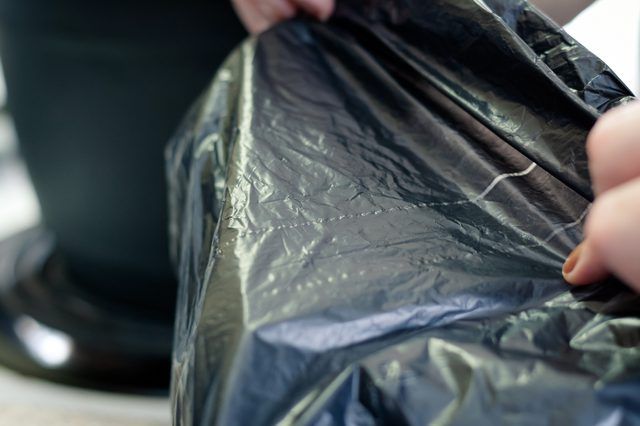Bulbs
Flower Basics
Flower Beds & Specialty Gardens
Flower Garden
Garden Furniture
Garden Gnomes
Garden Seeds
Garden Sheds
Garden Statues
Garden Tools & Supplies
Gardening Basics
Green & Organic
Groundcovers & Vines
Growing Annuals
Growing Basil
Growing Beans
Growing Berries
Growing Blueberries
Growing Cactus
Growing Corn
Growing Cotton
Growing Edibles
Growing Flowers
Growing Garlic
Growing Grapes
Growing Grass
Growing Herbs
Growing Jasmine
Growing Mint
Growing Mushrooms
Orchids
Growing Peanuts
Growing Perennials
Growing Plants
Growing Rosemary
Growing Roses
Growing Strawberries
Growing Sunflowers
Growing Thyme
Growing Tomatoes
Growing Tulips
Growing Vegetables
Herb Basics
Herb Garden
Indoor Growing
Landscaping Basics
Landscaping Patios
Landscaping Plants
Landscaping Shrubs
Landscaping Trees
Landscaping Walks & Pathways
Lawn Basics
Lawn Maintenance
Lawn Mowers
Lawn Ornaments
Lawn Planting
Lawn Tools
Outdoor Growing
Overall Landscape Planning
Pests, Weeds & Problems
Plant Basics
Rock Garden
Rose Garden
Shrubs
Soil
Specialty Gardens
Trees
Vegetable Garden
Yard Maintenance
How to Grow Seeds in a Plastic Bag
How to Grow Seeds in a Plastic Bag. Plastic bags are the simplest kind of greenhouse -- perfect for a home gardener, teacher or parent on a budget. Not only are plastic bags a simple and effective method for starting seeds, but they allow for a perfect view of the germination process. Seeds can be grown directly inside the bag, or they can be...
Plastic bags are the simplest kind of greenhouse -- perfect for a home gardener, teacher or parent on a budget. Not only are plastic bags a simple and effective method for starting seeds, but they allow for a perfect view of the germination process. Seeds can be grown directly inside the bag, or they can be placed in a planting medium and then covered with the bag.
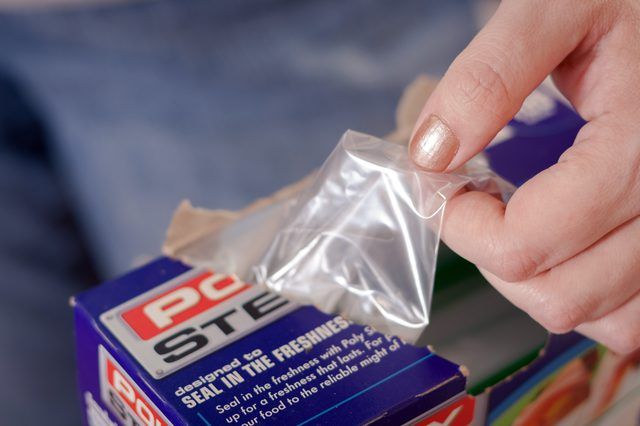
Clear plastic bags -- if sealed -- allow sunlight in but trap moisture, creating a warm, wet environment conducive to germination. They should only be used to start seeds, as they will eventually become too hot for seedlings -- which need air -- to survive. Remove the plastic when the seedlings are tall enough to touch it, or when they reach the opening of the bag.
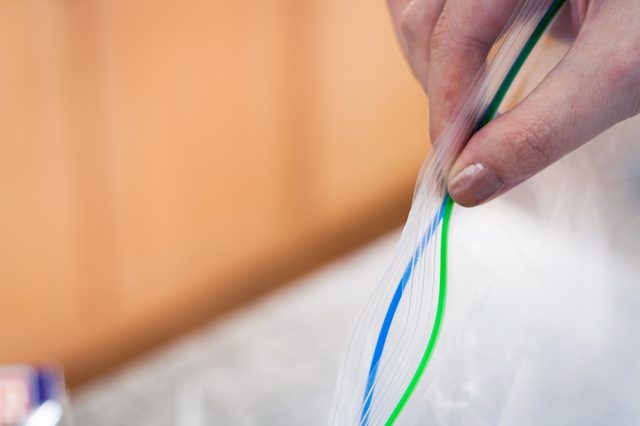
To watch a seed sprout in a plastic bag, moisten a paper towel and then fold it in half or into quarters, depending on the size of the bag. Tuck the wet paper towel into the plastic bag, gently pushing it to the bottom of the bag. Then, slip the seed -- two or three could be used, again depending on the size of the bag -- between the moist paper towel and the side of the plastic bag. Seal the top of the bag, and then place where it will be exposed to warm sunlight. Taping it to a vertical surface often works best, but avoid taping it directly to a window, as windows can get too hot -- or even too cold -- for the seeds to germinate.
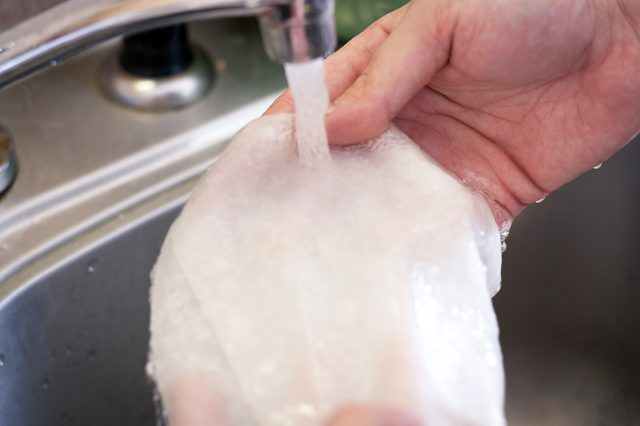
Fill seed pots -- which usually come in tray form -- with a soil-less planting medium, such as one composed of peat and vermiculite. Water it, let it settle, and add more medium until the pots are full. The medium should be moist but not soggy. Then, gently press one seed into each pot, and cover the pots with a sealed plastic bag. To keep the plastic from touching the soil, insert wooden sticks along the outer edges of the tray to prop the bag.
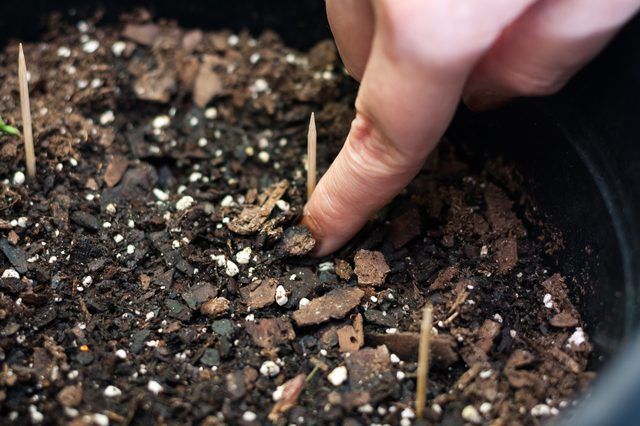
The trick to healthy germination is keeping the root zone warm, but not too cold or too hot. Resist the urge to place trays on windowsills, as cold drafts often come in under a window at night and during the day it can get too hot. If your seeds require a period of darkness before being exposed to light, use dark plastic rather than translucent bags.
